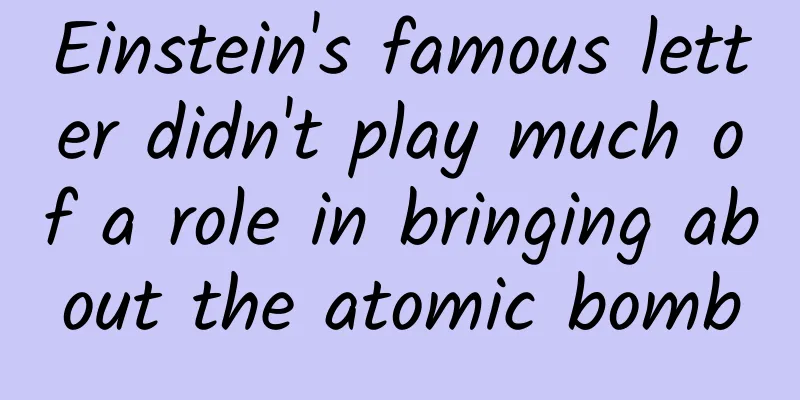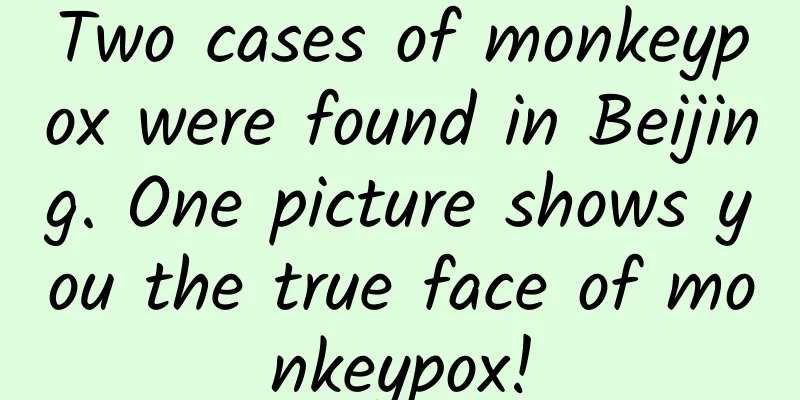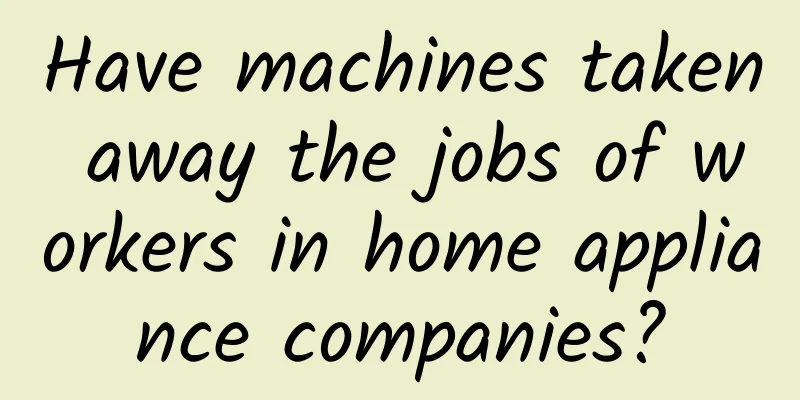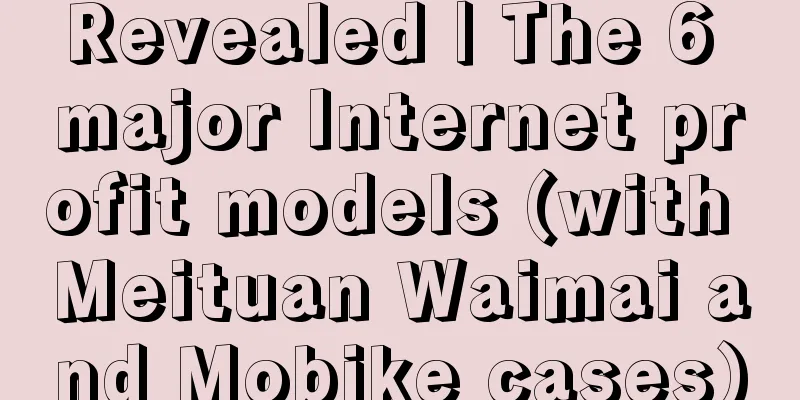Einstein's famous letter didn't play much of a role in bringing about the atomic bomb

|
If you watched the movie Oppenheimer directed by Christopher Nolan in 2023, you must have had a fairly emotional understanding of the Manhattan Project. To learn more details, there is a classic masterpiece that you cannot miss - The Making of the Atomic Bomb. The original book was published in 1987 and was highly praised by those who had participated in the development of the atomic bomb - it truly restored that secret history. And it is still reread by AI researchers today because the technology they develop may also lead to destruction. This is a book review written by American writer and Pulitzer Prize-winning journalist William J. Broad. [US] Richard Rhodes; translated by Jiang Xiangdong and Liao Xiangyu; edited by Fang Zaiqing; published by CITIC Press in November 2023 By William J. Broad Translation | Bin The Making of the Atomic Bomb is a major, comprehensive history that brings to life the story of the people and machines that brought us to the nuclear age. Riveting and suspenseful, the book is broad-minded and deep, revealing new connections, insights, and surprises. The book is full of detail and irony: from raccoon coats to the bombing of Tokyo; from heavy water to satirical plays; from patent disputes to sunscreen (which physicists applied in the predawn darkness of the New Mexico desert in 1945 to protect themselves from the flash of the first atomic bomb). Even as the embers of Hiroshima and Nagasaki were still blazing, a third "gadget" was being prepared for Japan. The Making of the Atomic Bomb is not only the best overview of this pivotal event of the 20th century, but also a deep analysis of its significance for the future. Richard Rhodes, a writer from Kansas City, Missouri, has written a comprehensive and detailed work that covers the history of the birth of atomic physics in the early 20th century to the creation of the "superbomb" - the hydrogen bomb - after World War II in the 1950s. This work details the race to build a secret bomb between the United States, Britain, France, Germany, the Soviet Union, and Japan during World War II. Specifically, the book covers everything from scientific discovery to industrial development to weapons design and manufacturing, and each aspect is described clearly and rigorously. "Out of the Blue" not only describes the scientists involved and their scientific discoveries, but also describes the times in which they lived; it shows how these extraordinary people were shaped by the philosophy and atrocities that shook the world in the first half of the 20th century. The author is reassuringly free of the didacticism and apocalyptic tone that often casts a shadow on works about nuclear weapons and atoms. There is no accusatory rhetoric, and there are no heroes or villains in the book, but complex people in the fascinating plot. The best thing about this book is that it lets its characters speak for themselves, through long passages of direct quotation. The book is able to have so much of this self-expression thanks to the vast literature on the making of the atomic bomb. Rhodes’s genius was to realize that the time was ripe to mine this vast repository of materials, including memoirs, oral histories, letters, and a large number of declassified government documents. The book has more than 600 references. Rhodes further enriched his sources by interviewing major living figures and visiting important sites in the creation of the atomic age. The refreshing feeling of this book seems to come largely from the fact that Rhodes is neither a scientist nor a popular science writer, but a clever “outsider” who is free from the constraints of disciplinary norms and settings; of course, it also benefits from Rhodes’s novel writing skills. As the author of many novels and nonfiction works, Rhodes uses his outstanding writing skills to find the depth and drama that must exist in the story of the birth of the atomic bomb, without succumbing to any temptation to fictionalize this history. Over the years, a number of excellent works have been published on the origins of the atomic bomb. In 1958, journalist Robert Jungk published his groundbreaking work Brighter Than a Thousand Suns. In 1962, Lt. Gen. Leslie R. Groves, the military director of the Manhattan Project, published his memoir Now It Can Be Told, focusing on the project's collaboration with industry. In 1967, journalist Stephane Groueff's comprehensive overview Manhattan Project was published. In 1979, historian and physicist Spencer R. Weart published Scientists in Power, which focused on French scientists' atomic research and showed a trend towards professionalization of writing about the atomic bomb. In 1984, historian Ferenc Morton Szasz’s The Day the Sun Rose Twice examined the series of events that made possible the first atomic bomb test in the central New Mexico desert. Rhodes’s book opens on a London street corner in 1933. Leo Szilard, a 35-year-old physicist and Hungarian-born Jewish refugee from Nazi Germany, was brooding over a comment in The Times that morning. The idea of unlocking the energy of atoms, the comment said, was “a pipe dream.” “Szilard stepped over the curb,” Rhodes writes, “and as he crossed the street, time opened up before him and he saw a path into the future.” Szilard’s idea was that a subatomic particle called a neutron could penetrate the electric barrier that holds atomic nuclei together, splitting them apart and setting off a chain reaction that would release nuclear energy that could be used for industry or warfare. Although he didn’t know how to start a chain reaction, Szilard was so convinced of its feasibility that he patented the idea and became the driving force behind the Manhattan Project. As Rhodes recounts in fascinating detail, physicists have been thinking about the possibility of unlocking the energy in atoms since the early 20th century. In 1904, physicist Frederick Soddy (note: Nobel Prize winner in chemistry in 1921) mentioned the potential of atoms in a speech to the British Royal Engineers. Soddy told the officers present: "He who controls the lever by which nature carefully controls the energy released by the atom will have a weapon that can destroy the earth if he chooses." Moreover, we learn that it was Soddy who inspired H.G. Wells's 1914 novel The World Set Free, in which major cities around the world are destroyed by cannonball-sized atomic bombs. Some writers have suggested that Wells' book inspired Szilard. But Rhodes goes further, showing how a complex interaction between reality, fiction and that morning's newspaper enabled the exiled Szilard to become the first person to clearly envision a path to a nuclear future. Another revision of the history of the atomic bomb in the book concerns Einstein's famous letter to President Roosevelt in October 1939. Conventional wisdom holds that it was three Hungarian refugee physicists—Szilard, Eugene Wigner, and Edward Teller—who persuaded Einstein to write to President Roosevelt to warn him that Germany might build an atomic bomb, prompting the United States to take the lead in developing the bomb. But the truth is not that simple. Rhodes shows in exquisite detail how the whole process was orchestrated by Alexander Sachs, a Wall Street financier and friend of President Roosevelt. According to the book, when Sachs went to see the president, Roosevelt poured two glasses of brandy, handed one to his guest, toasted him, and then sat down. Rhodes writes that Sachs was convinced that the scientists’ words could not convey the necessary urgency, so he read aloud “not Einstein’s now-famous letter, but his own 800-word overview of the first authoritative report to a head of state on the possibility of using nuclear energy as a weapon of war.” In fact, there is no evidence that Roosevelt ever read Einstein’s letter. The importance of this detail lies in what it reveals about the tenuous beginnings of the relationship between scientists and the federal government. During the war, physicists found themselves with little influence on the making of atomic policy. Those early years produced some remarkable foresight. Rhodes cites a 1940 British government report that hinted at what would become known as “nuclear deterrence”—international restraint based on the threat of mutual destruction. “It must be recognized that there are no effective and widespread shelters,” the report said, weighing the threat of the Nazi atomic bomb. “The most effective countermeasure is the counter-threat of similar weapons.” Indeed, even as Germany was on the verge of defeat, the United States, at the constant urging of its ally Britain, continued its pursuit of nuclear superiority. The most frequent character in the book is Danish physicist and Nobel Prize winner Niels Bohr. Bohr was admired by his peers for his insights into the structure of the atom, his humanism, and his love of philosophy. In 1944, fresh from the horrors of Europe, Bohr arrived at Los Alamos, a laboratory high in the mountains of New Mexico where the atomic bomb design was being carried out, bringing hope to the scientists there. Senior scientists at Los Alamos had been debating the long-term consequences of a successful atomic bomb, and their doubts grew as the first nuclear test explosion approached. Victor Weisskopf, an Austrian theoretical physicist at Los Alamos, later recalled that Bohr taught them that "every great and profound problem has its own solution." Bohr, who was about to turn 60, told his colleagues that the bomb’s terrible destructive power had the potential to create a new political landscape that would benefit humanity. He said that international cooperation in the bomb project boded well for the future, which could eventually lead to a negotiated peace that would ban all nuclear weapons. But he also warned that the other possibility was an arms race in which many countries would join, because there was no way to monopolize the secrets of the atom. Bohr pointed out that when countries tried to pursue national security through nuclear weapons, they would paradoxically find themselves increasingly insecure and closer to the brink of destruction. Rhodes recorded Bohr’s efforts to convey this message to Roosevelt and Churchill in 1944. Although both Roosevelt and Churchill listened to Bohr’s views in their own ways, they had reached a consensus in Quebec in August 1943 to keep the secret of the atom, with the goal of enabling the West to monopolize atomic bomb technology. On July 16, 1945, the scientists at Los Alamos gathered in the predawn darkness of the New Mexico desert. They were deeply uncertain about the outcome of years of theorizing and hard work on the atomic bomb. In the distance was the first atomic bomb. Its flash was so bright that, Rhodes noted in his book, "if astronomers had been watching, they might have seen it reflected off the moon, literally moonlight." After Hiroshima and Nagasaki were destroyed by atomic bombs, scientists at Los Alamos promoted the ideas first articulated by Bohr through lobbying, persuasion, speeches, and government positions. Surprisingly, even Edward Teller, who is considered an ultraconservative today, called for a "world government" and peaceful cooperation with the Soviet Union. In a 1946 commencement speech, J. Robert Oppenheimer, the director of Los Alamos during World War II, said: “Atomic weapons were not necessary to make mankind desire peace, but the atomic bomb is the turning point that makes the prospect of future war unbearable. It leads us to the final steps to the mountain pass, on the other side of which lies a different country.” The moral lesson to be drawn from the saga of the atomic bomb and its legacy as a weapon is, simply put, that science can be used for evil, and since its temptations are irresistible, its use should be strictly limited. Yet no modern nation would restrict scientists and engineers because they place enormous power in the hands of the government. Thus, the inevitable progress of technology has led some observers to despair. Rhodes draws different lessons from the history he tells. While he can’t find much hope in the rapid development of science and technology, and doesn’t approve of current efforts to pursue “Star Wars” anti-missile systems, he sees great potential for science as an agent of social change. In the book's epilogue, Rhodes argues that science first became a force powerful enough to challenge the power and authority of the modern nation-state in 1945, which itself was not always a purely benevolent entity. Rhodes points out that it is a reasonable estimate that countries have killed about 100 million people in wars and other acts of man-made violence in the 20th century. Yet today, even though the superpowers have nuclear arsenals that could destroy a million Hiroshimas, their power and influence in world affairs are less than they once were. Rhodes also points out that the superpowers are also being forced into scientific exchanges, negotiations, and treaties, and their sovereignty is being eroded by the advent of spy satellites and other dangerous technologies that monitor the nuclear age. Rhodes sees a silver lining in all this. Even if it has been used as a tool to enforce terror, science may one day give rise to an order that transcends the state. “The most important transnational community in our culture is science,” Rhodes writes in the book. “With the advent of nuclear power in the first half of the twentieth century, this model community powerfully challenged the power of the nation-state. That confrontation continues, and inevitably carries with it deadly risks, but it at least offers a distant but optimistic prospect.” “The different countries behind the door that is still open in front of us are the open world that Bohr envisioned.” This article is provided by the publisher and is translated with permission from William J. Broad, The Men Who Made the Sun Rise, The New York Times, 1987-2-8. Special Tips 1. Go to the "Featured Column" at the bottom of the menu of the "Fanpu" WeChat public account to read a series of popular science articles on different topics. 2. Fanpu provides a function to search articles by month. Follow the official account and reply with the four-digit year + month, such as "1903", to get the article index for March 2019, and so on. Copyright statement: Personal forwarding is welcome. Any form of media or organization is not allowed to reprint or excerpt without authorization. For reprint authorization, please contact the backstage of the "Fanpu" WeChat public account. |
<<: Hot search! Why do monkeys bully the cats they live with?
>>: Why do some people look old and some look young? The reason has finally been found
Recommend
Full text of Li Ruigang's stunning speech: Subversion and Reshaping
I graduated from Fudan University in 1991 and fro...
Microbes: We are the engine of soil material circulation
Microorganisms are everywhere in nature, and soil...
Teach you a trick to scan old photos losslessly to your phone, especially clear, and save them forever
Today I will teach you a method to scan old photo...
"Practical Course on Creating Accounts for Live Streaming on Douyin for Physical Stores" has five core sections from zero cognition to actual practice
Training course video content introduction: The f...
Apple executives respond to new MacBook Pro battery life issues: users are advised to read the manual
It is a well-known problem that the new MacBook Pr...
LeTV, Youku, and iQiyi TV APK horizontal evaluation: LeTV TV version leads in all aspects
After years of battles among all parties in the f...
Google's official sudden decision caught Apple off guard, and the Android system will usher in a "major change"
As we all know, the three major operating systems...
Exercising for 1 hour a week equals to earning an extra $170,000 a year?!
Are you curious about the difference between thos...
Baidu Brand Activity Strategy
Autumn is the season of harvest. There is only on...
Baidu search for 18 details of ocpc (Part 2)
Continuing from the previous article "18 det...
What you think is normal may actually be 9 manifestations of long-term anxiety! See how many of these you have?
Anxiety is an emotion that everyone experiences, ...
Why is there always a queue in the women's restroom? What do girls do in there?
Follow "Body Code Decoding Bureau" (pub...
With domestic science fiction novels winning awards one after another, how long will the corresponding games remain silent?
The Hugo Award is like the Nobel Prize in the sci...
April's "Science" Rumors: Will storing CO2 at sea affect the ecology? Is fat the cause of bloating?
The list of "scientific" rumors for Apr...
Let’s go to Linzhi! See the spring flowing out of the world’s deepest canyon
The time is now Under the sharpest and coldest sn...









